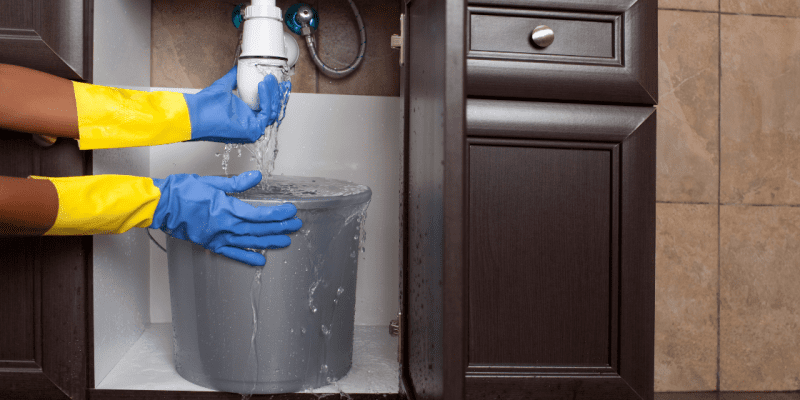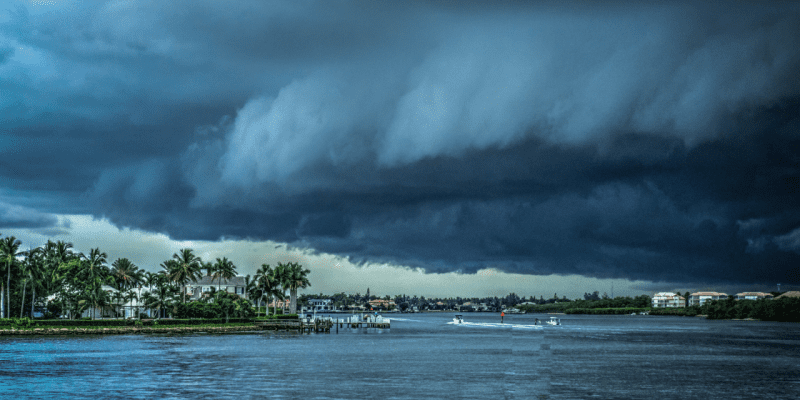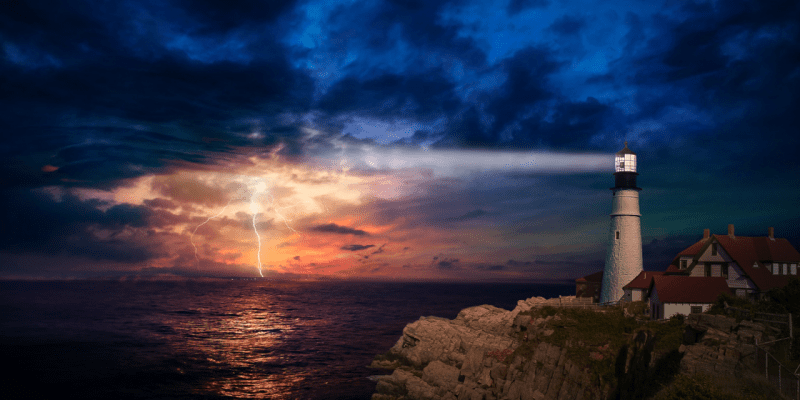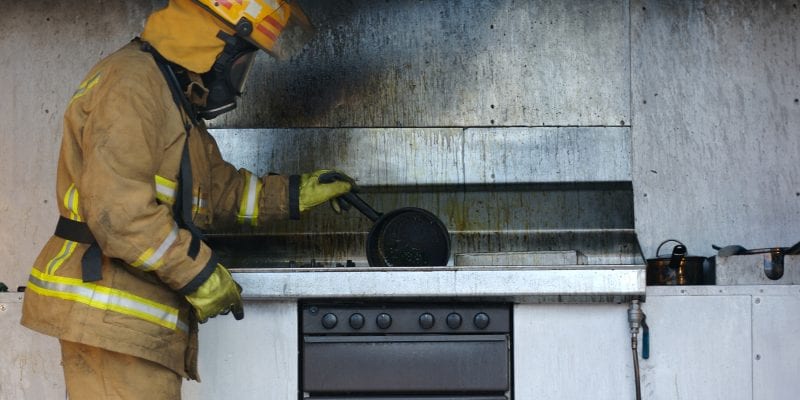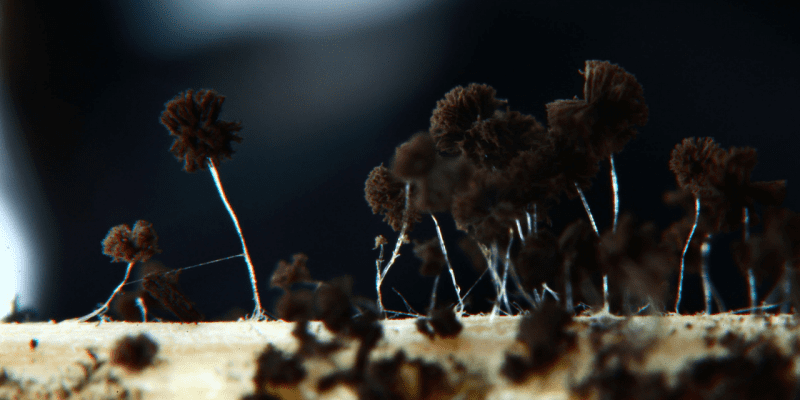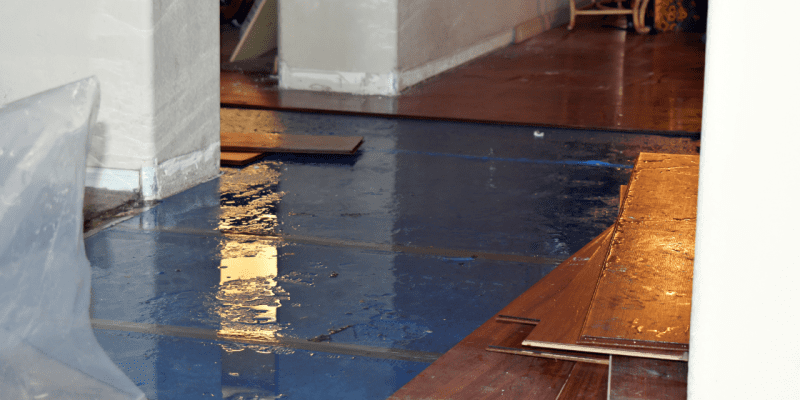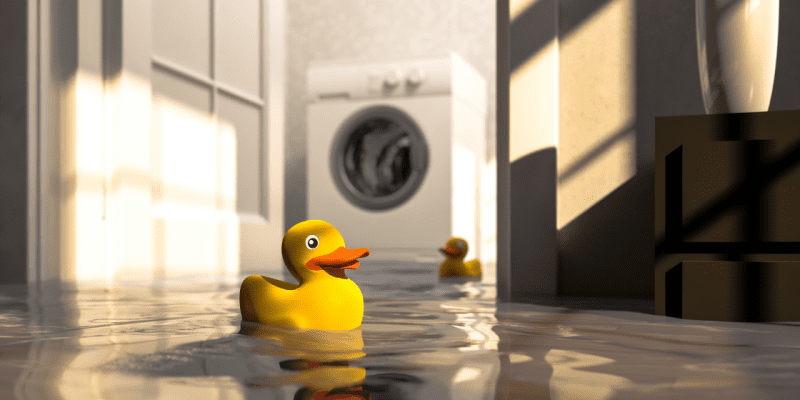The weather this year has brought a lot of heavy rains and flooding. When you are a home or business owner in West Palm Beach, Florida, the weather can be frustrating and scary. Homes and businesses are at risk of suffering major structural damage due to hurricanes and flooding on top of many other disasters that could happen.
